The global dining scene has evolved into something extraordinary, where cities compete not just for tourists but for the world’s most talented chefs. From street-side ramen masters in Tokyo to innovative Nordic cuisine pioneers in Copenhagen, the world’s culinary capitals offer experiences that go far beyond simple sustenance.
These destinations have become pilgrimage sites for food lovers, where a single meal can become a life-changing experience, and celebrity chefs have transformed entire neighborhoods. Here is a list of 20 cities with top-rated chef restaurants that represent the pinnacle of global dining.
Tokyo, Japan
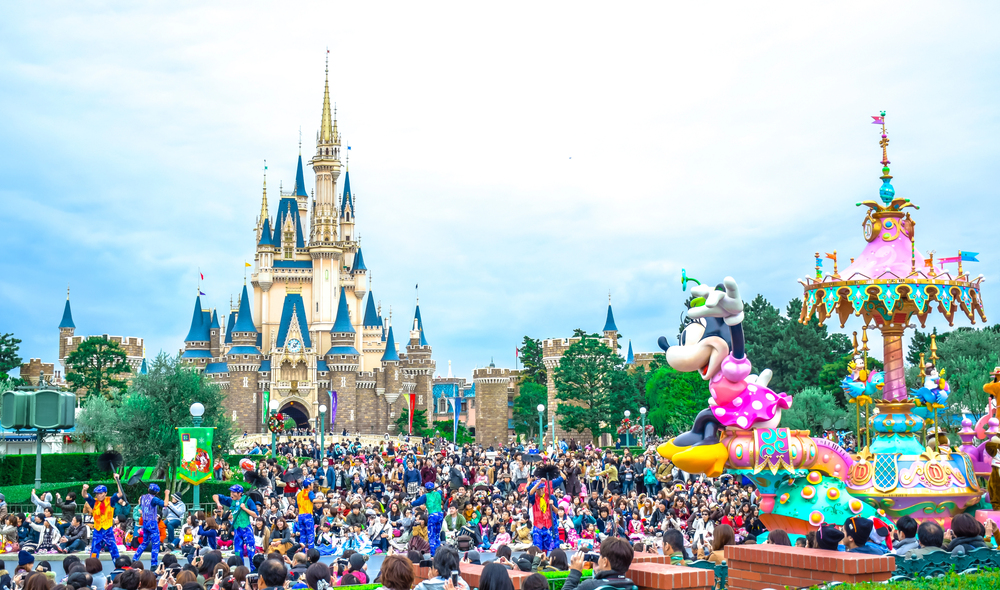
Tokyo reigns supreme as the world’s undisputed culinary capital, boasting 194 Michelin-starred restaurants with a total of 251 stars across the city. From neighborhood ramen shops that perfect their craft over generations to high-end sushi counters where masters like Jiro Ono elevate raw fish to art, Tokyo offers unparalleled culinary excellence at every level.
The city’s dining culture embraces both tradition and innovation, with restaurants like the three-starred Kanda serving kaiseki cuisine alongside modern French establishments like Quintessence. What sets Tokyo apart is the attention to detail and dedication to craft that permeate every aspect of its food scene.
Paris, France
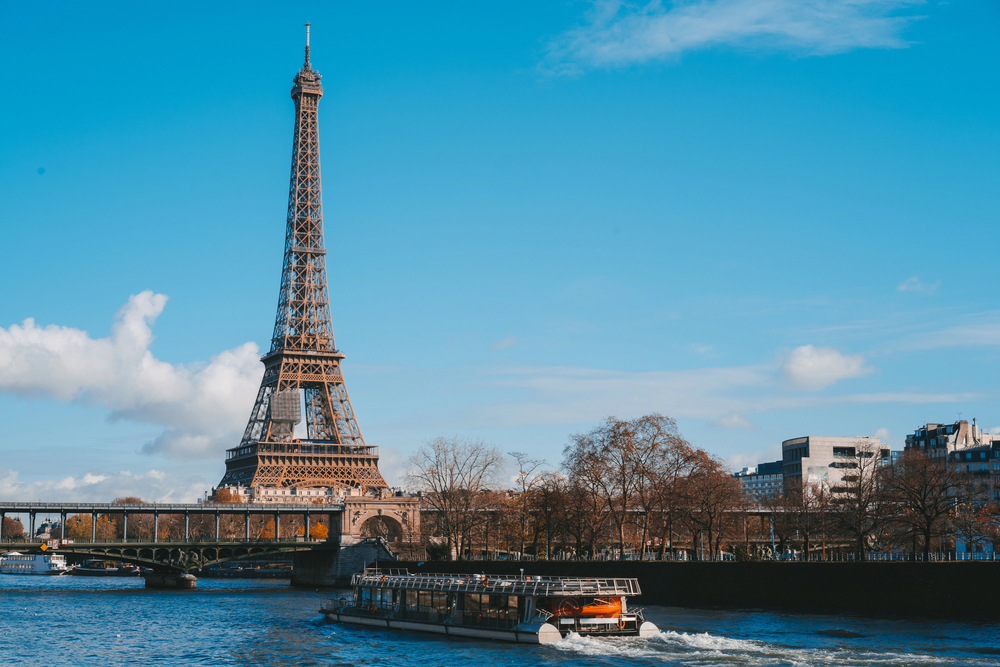
The birthplace of modern fine dining culture, Paris holds 121 Michelin-starred restaurants with 157 total stars, cementing its status as Europe’s culinary capital. Legendary chefs like Alain Ducasse, Joël Robuchon, and Pierre Gagnaire have shaped not just French cuisine but global dining standards through their innovative techniques and artistic presentations.
Beyond the starred establishments, Paris excels in patisseries, bistros, and markets that showcase the French mastery of ingredients and technique. The city’s culinary scene balances reverence for tradition with constant innovation, from classic establishments like Le Cinq to contemporary stars redefining French cooking.
Like Travel Pug’s content? Follow us on MSN.
New York City, USA
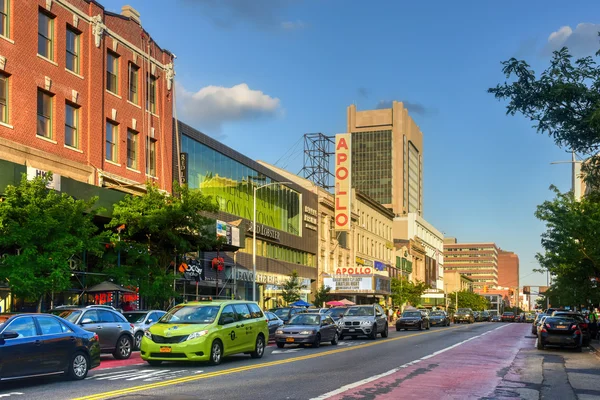
America’s most Michelin-decorated city features 85 starred restaurants representing virtually every cuisine imaginable, making it a global dining destination where culinary cultures collide and create something entirely new. The city’s five three-star establishments include Le Bernardin’s French seafood mastery, Thomas Keller’s Per Se, and Korean fine dining at Jungsik, which recently climbed to three stars.
New York’s strength lies in its diversity, from iconic spots like Katz’s Delicatessen to cutting-edge establishments pushing culinary boundaries. The city’s restaurant scene reflects its role as a cultural melting pot where ambitious chefs from around the world come to make their mark.
London, England
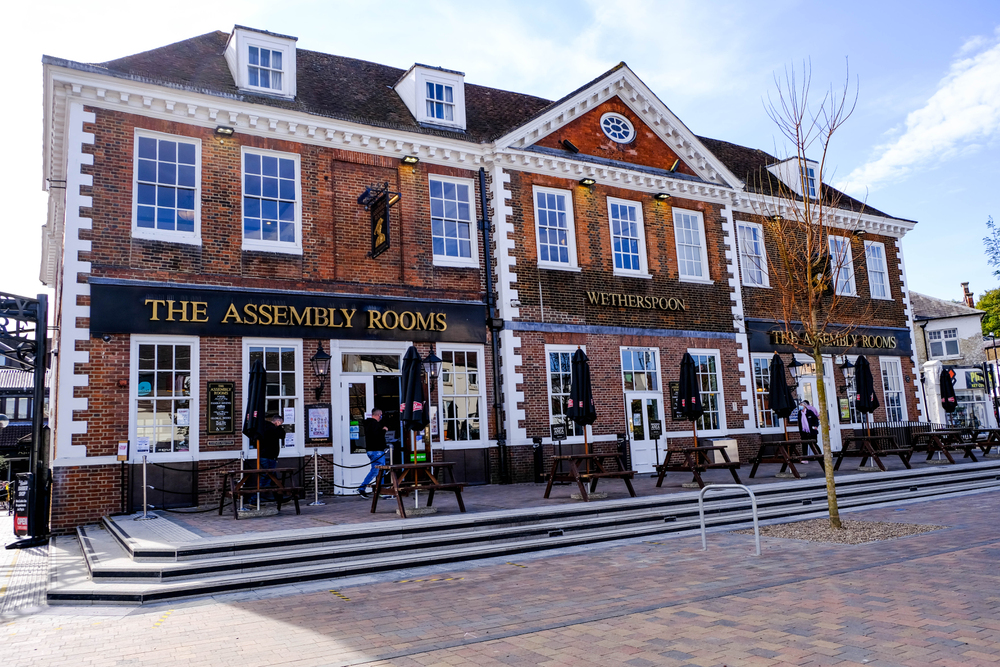
London’s dining revolution has transformed it into one of the world’s great food cities, with 85 Michelin-starred establishments showcasing both British traditions and international influences. The city’s culinary renaissance includes everything from Michelin-starred pubs like The Harwood Arms to high-end establishments like Hélène Darroze at the Connaught.
London’s strength lies in its incredible diversity—you can find authentic cuisine from virtually any culture alongside innovative fusion restaurants that reflect the city’s multicultural population. The city’s food markets, particularly Borough Market, complement its restaurant scene by providing access to exceptional ingredients from around the world.
Hong Kong
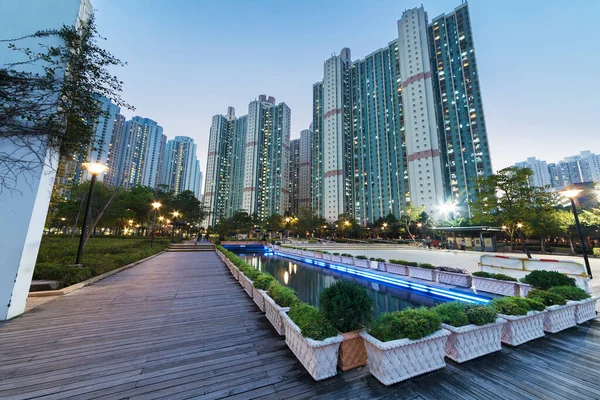
Known as the ‘World’s Food Fair,’ Hong Kong has the highest density of restaurants globally and serves as Asia’s dining crossroads where Cantonese traditions meet international influences. The city’s dim sum culture reaches artistic heights at establishments like Duddell’s, while restaurants like The Chairman quietly revolutionize classic Cantonese cooking without fanfare.
Hong Kong excels in both street food and high-end dining, with everything from roast goose stalls that have operated for generations to internationally acclaimed restaurants serving fusion cuisine. The city’s unique position as a former British colony with deep Chinese roots creates a culinary landscape unlike anywhere else in the world.
Like Travel Pug’s content? Follow us on MSN.
Osaka, Japan
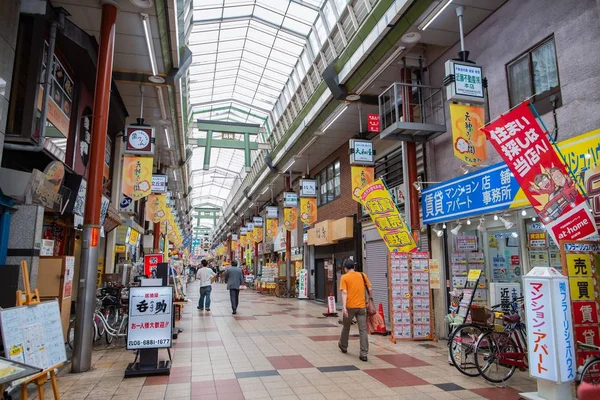
Osaka, Japan’s second-largest city, is home to 95 Michelin-starred establishments and is the birthplace of many iconic Japanese dishes. The city’s food culture centers around the concept of kuidaore—”eat until you drop”—and features everything from street food markets to innovative fine dining establishments.
Osaka’s culinary scene includes newly starred restaurants like Ryō-shō, which marries Western ingredients with Japanese techniques in a traditional Sukiya-style building. The city’s strength lies in its unpretentious approach to exceptional food, where the focus remains on flavor and satisfaction rather than presentation alone.
Copenhagen, Denmark
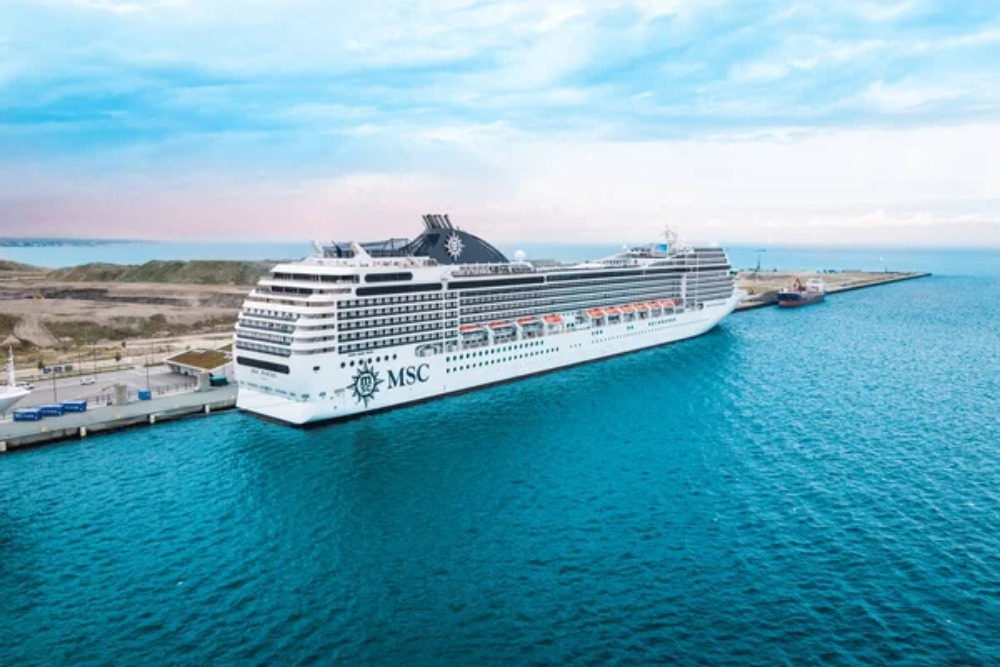
The Nordic cuisine capital features 19 restaurants with 30 Michelin stars, including three establishments with the coveted three-star rating. Noma, led by René Redzepi, revolutionized global dining by focusing on local, foraged ingredients and seasonal cooking that other chefs worldwide now emulate.
The city’s other three-star establishments, Geranium and Jordnær, continue pushing culinary boundaries while maintaining deep connections to Danish terroir. Copenhagen’s dining scene perfectly embodies the New Nordic movement that emphasizes sustainability, seasonality, and innovative techniques applied to traditional Scandinavian ingredients.
Barcelona, Spain

Barcelona’s 29 restaurants holding 39 Michelin stars represent the pinnacle of Catalan cuisine, where traditional Spanish flavors meet cutting-edge culinary innovation. The city’s crown jewel is Disfrutar, a three-starred establishment run by former elBulli chefs who create avant-garde Mediterranean cuisine that challenges every assumption about food.
Barcelona’s culinary landscape includes everything from traditional tapas bars serving perfect patatas bravas to molecular gastronomy temples that treat dining as performance art. The city’s proximity to both sea and mountains provides chefs with exceptional ingredients, while its artistic heritage encourages constant culinary experimentation.
Like Travel Pug’s content? Follow us on MSN.
Los Angeles, USA

Los Angeles’ dining scene reached new heights in 2025 when Providence and Somni became the city’s first-ever Michelin three-starred restaurants. Among 28 starred establishments, LA offers everything from world-class seafood and immersive fine dining to inventive street food and farmers’ market fare.
Its diverse culinary landscape reflects the city’s multicultural energy and innovative spirit.
Singapore
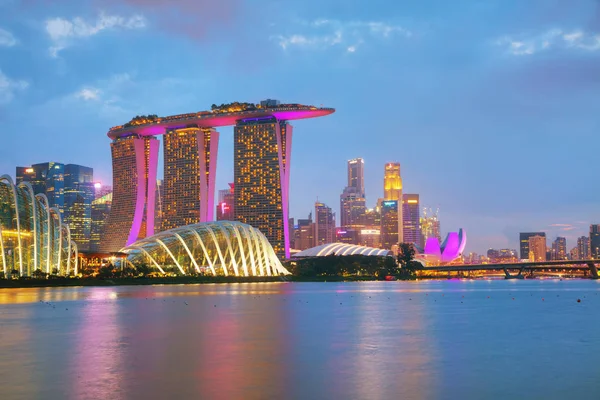
This Southeast Asian city-state has become a culinary powerhouse by combining hawker culture traditions with world-class fine dining establishments. Singapore’s food scene reflects its multicultural population, with influences from Chinese, Malay, and Indian cuisines creating unique dishes found nowhere else.
The city’s hawker centers serve some of the world’s best street food, while upscale restaurants showcase how traditional Asian flavors can be elevated to fine dining standards. Singapore’s strategic location and prosperity have attracted internationally renowned chefs who create innovative fusion cuisines that respect local traditions while pushing culinary boundaries.
Chicago, USA
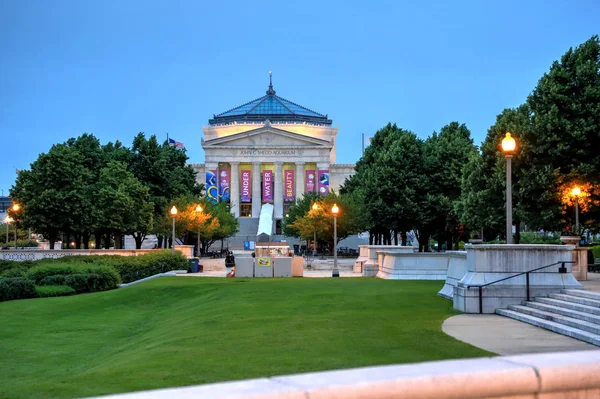
The Windy City boasts 20 Michelin-starred restaurants led by Alinea, Grant Achatz’s three-starred temple of molecular gastronomy that has maintained its status since 2011. Chicago’s dining scene perfectly balances innovation with Midwest traditions, featuring everything from deep-dish pizza institutions to cutting-edge establishments experimenting with fermentation and modern techniques.
The city’s restaurant culture emphasizes both creativity and accessibility, with many starred establishments offering more casual dining options alongside their formal tasting menus. Chicago’s culinary landscape reflects the city’s working-class roots while embracing the creativity that has made it a major cultural center.
Like Travel Pug’s content? Follow us on MSN.
Bangkok, Thailand
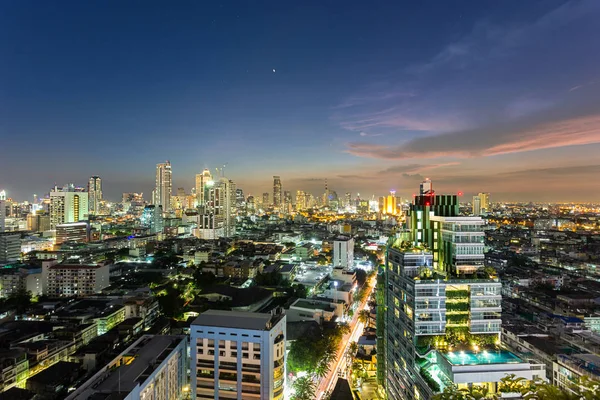
Bangkok’s food scene represents one of the world’s greatest culinary traditions elevated by both street vendors and innovative chefs. The city seamlessly blends traditional Thai cooking with modern techniques, creating restaurants like Le Du that showcase seasonal Thai ingredients in contemporary presentations.
Bangkok’s strength lies in its incredible range, from street food that costs pennies to high-end establishments that rival the world’s best restaurants. The city’s dining scene reflects Thailand’s position at the crossroads of Asian cultures, where Chinese, Indian, and Southeast Asian influences create complex and sophisticated flavors.
Seoul, South Korea
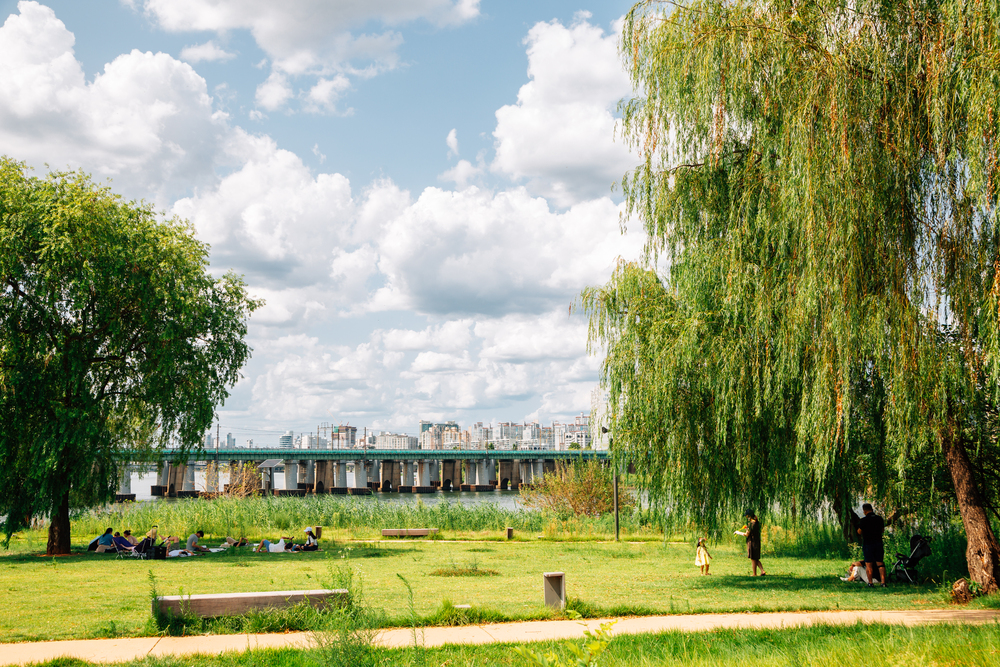
Korea’s capital has emerged as a major dining destination where traditional Korean cuisine meets modern innovation. Restaurants like Mingles showcase how Korean ingredients and techniques can be elevated to international fine dining standards while maintaining authentic flavors.
Seoul’s food scene reflects the country’s rapid economic development and increasing global influence, with chefs who trained internationally returning to reinterpret Korean classics. The city excels in both traditional dishes like Korean barbecue and innovative fusion cuisine that incorporates influences from around the world while remaining distinctly Korean.
Lima, Peru

Lima has become South America’s culinary capital, with restaurants like Kjolle showcasing how traditional Peruvian ingredients can be transformed through modern techniques. The city’s dining scene reflects Peru’s incredible biodiversity and complex cultural heritage, where indigenous, Spanish, Chinese, and Japanese influences create unique fusion cuisines.
Lima’s chefs, led by pioneers like Gastón Acurio and Virgilio Martínez, have elevated Peruvian cuisine to international recognition while maintaining deep connections to local traditions and ingredients. The city’s coastal location provides exceptional seafood, while its proximity to the Amazon and Andes offers access to unique ingredients found nowhere else.
Like Travel Pug’s content? Follow us on MSN.
Buenos Aires, Argentina
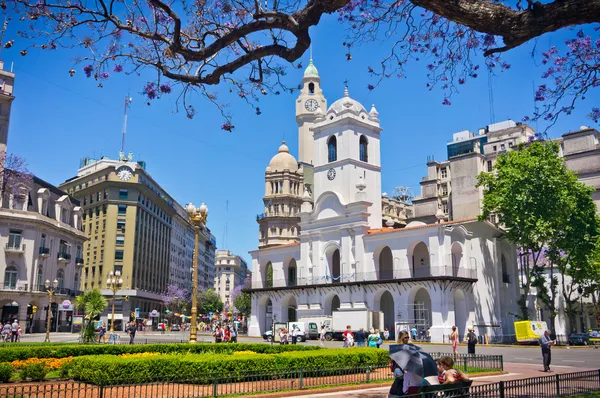
Argentina’s capital offers some of the world’s best beef experiences, with restaurants like Don Julio serving perfectly prepared cuts in a family-run atmosphere that embodies Argentine hospitality. Buenos Aires’ dining scene centers around its legendary steakhouses, but the city also features innovative restaurants that showcase Argentina’s wine culture and diverse regional cuisines.
The city’s European influences, particularly Italian and Spanish, create a unique culinary landscape where traditional techniques meet South American ingredients. Buenos Aires excels in creating dining experiences that feel both sophisticated and genuinely welcoming, reflecting the Argentine approach to hospitality.
San Sebastian, Spain
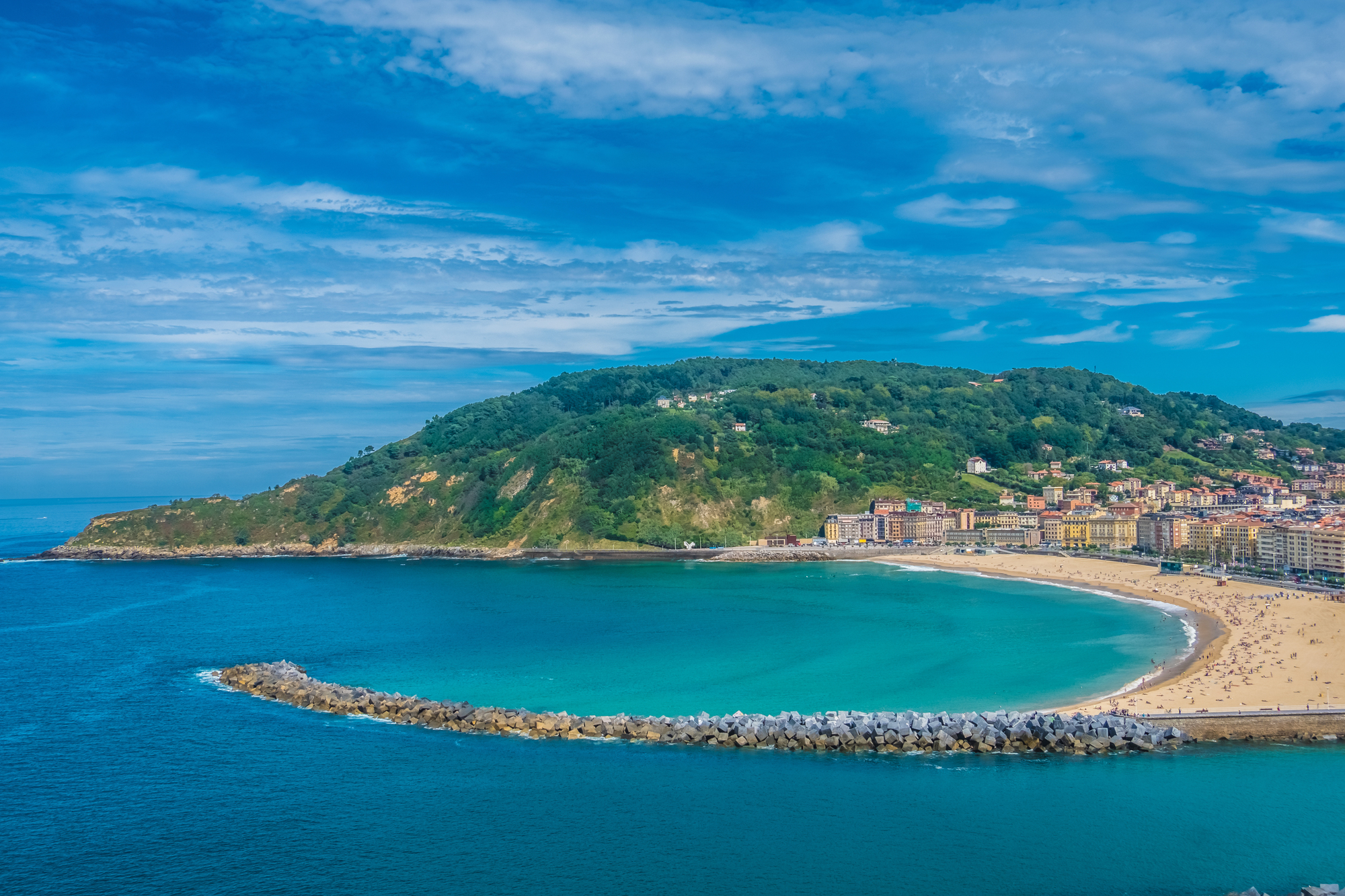
This Basque city punches far above its weight with three restaurants holding three Michelin stars, giving it the highest concentration of top-rated establishments per capita in the world. San Sebastian’s pintxos culture represents one of the world’s great bar scenes, where small plates reach artistic heights in neighborhood establishments throughout the old town.
The city’s culinary scene reflects Basque culture’s deep connection to ingredients and technique, where traditional preparations are refined to perfection rather than radically reimagined. San Sebastian offers an unparalleled combination of casual dining excellence and formal restaurant innovation within a compact, walkable city.
Lyon, France

France’s gastronomic capital outside of Paris, Lyon, features traditional bouchons serving authentic Lyonnaise cuisine alongside modern establishments pushing French culinary boundaries. The city’s food culture reflects its position at the crossroads of French regions, where influences from Burgundy, the Alps, and the Mediterranean create a unique culinary identity.
Lyon’s dining scene emphasizes the quality of ingredients and traditional techniques, with many establishments maintaining cooking methods passed down through generations. The city offers exceptional value compared to Paris while maintaining equally high culinary standards, making it a favorite among serious food enthusiasts.
Like Travel Pug’s content? Follow us on MSN.
Rome, Italy
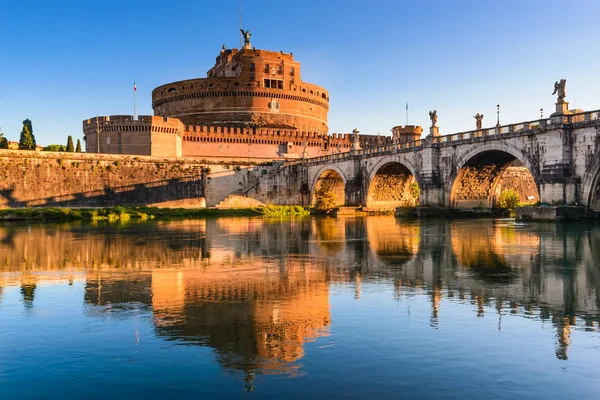
The Eternal City showcases both traditional Roman cuisine and innovative Italian cooking that respects culinary heritage while embracing modern techniques. Rome’s dining scene centers around classic dishes like carbonara and cacio e pepe, elevated to perfection by chefs who understand that simplicity requires absolute mastery of technique.
The city’s restaurants range from neighborhood trattorias serving time-tested recipes to modern establishments that reinterpret Italian classics for contemporary palates. Rome’s culinary landscape reflects the Italian philosophy that exceptional food comes from exceptional ingredients prepared with skill and passion rather than complicated techniques.
Madrid, Spain
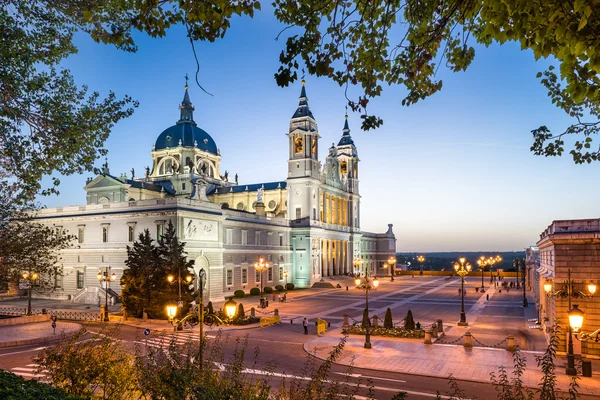
Spain’s capital features 26 Michelin-starred restaurants that showcase both traditional Spanish cuisine and innovative interpretations of Iberian flavors. Madrid’s dining scene includes everything from traditional tabernas serving perfect jamón ibérico to avant-garde establishments like DiverXO, where chef Dabiz (David) Muñoz creates dishes that challenge every assumption about Spanish cooking.
The city’s central location provides access to ingredients from throughout Spain, while its role as the country’s cultural capital attracts ambitious chefs from across the Iberian Peninsula. Madrid’s food culture emphasizes both tradition and innovation, creating a dining scene that honors the past while embracing the future.
Washington, DC, USA
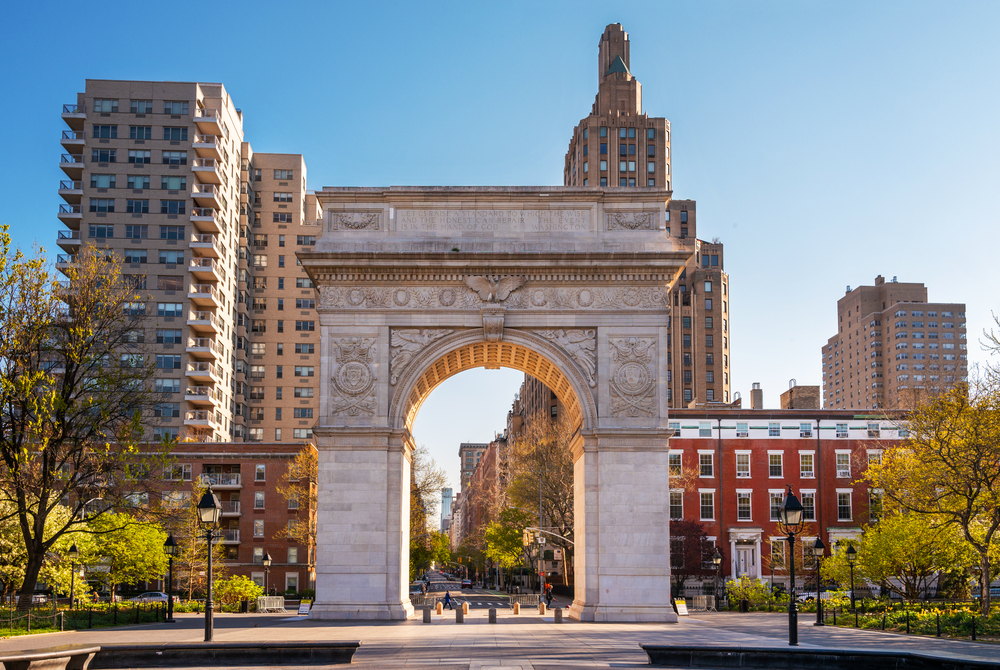
The nation’s capital hosts 25 Michelin-starred restaurants that reflect both American culinary traditions and international influences brought by the city’s diplomatic community. Washington DC’s dining scene includes innovative establishments like José Andrés’ Minibar, which serves wildly inventive small plates, and traditional American restaurants that elevate comfort food to fine dining standards.
The city’s restaurant culture benefits from its educated population and international character, creating demand for sophisticated dining that draws talented chefs from around the world. DC’s food scene perfectly captures the American approach to dining, where innovation and tradition coexist in a uniquely democratic culinary landscape.
Like Travel Pug’s content? Follow us on MSN.
Where flavor meets excellence
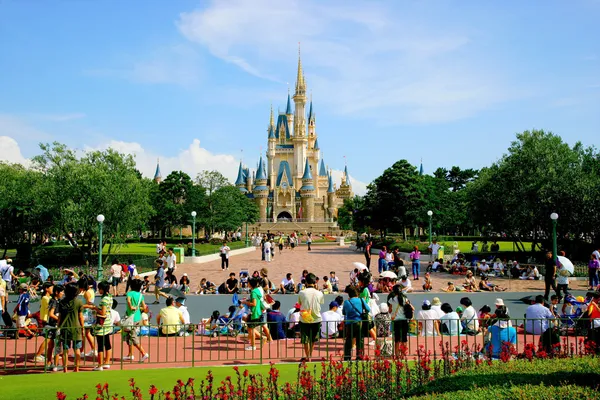
These 20 cities represent the pinnacle of global dining, where talented chefs, exceptional ingredients, and appreciative diners create culinary experiences that transcend simple nutrition to become art, culture, and memory. From Tokyo’s dedication to craft perfection to New York’s innovative fusion of global influences, each destination offers unique insights into how food reflects and shapes cultural identity.
The city’s great restaurant scene proves that extraordinary food cannot be attributed solely to singular restaurants; it entails an elaborate ecosystem that supports the very sphere of culinary excellence wherein tradition and innovation meet in an experiential format deserving of being lingered upon long after that last morsel. Such places remind us that the world’s good are truly beautiful in context; in an age where the world has become much more connected, some of the great meals still happen in certain places made by chefs who uphold the belief that cooking is creating something delicious to bring people together.
More from Travel Pug

- 20 Best Beach Towns in the Carolinas
- 13 Destinations Where Tourists Regularly Regret Their Trip
- 20 Things You Actually Get in First Class
- 20 Small Airports With Aviation Museums
- 20 Places in the U.S. That Are Perfect for a Reset Trip
Like Travel Pug’s content? Follow us on MSN.
